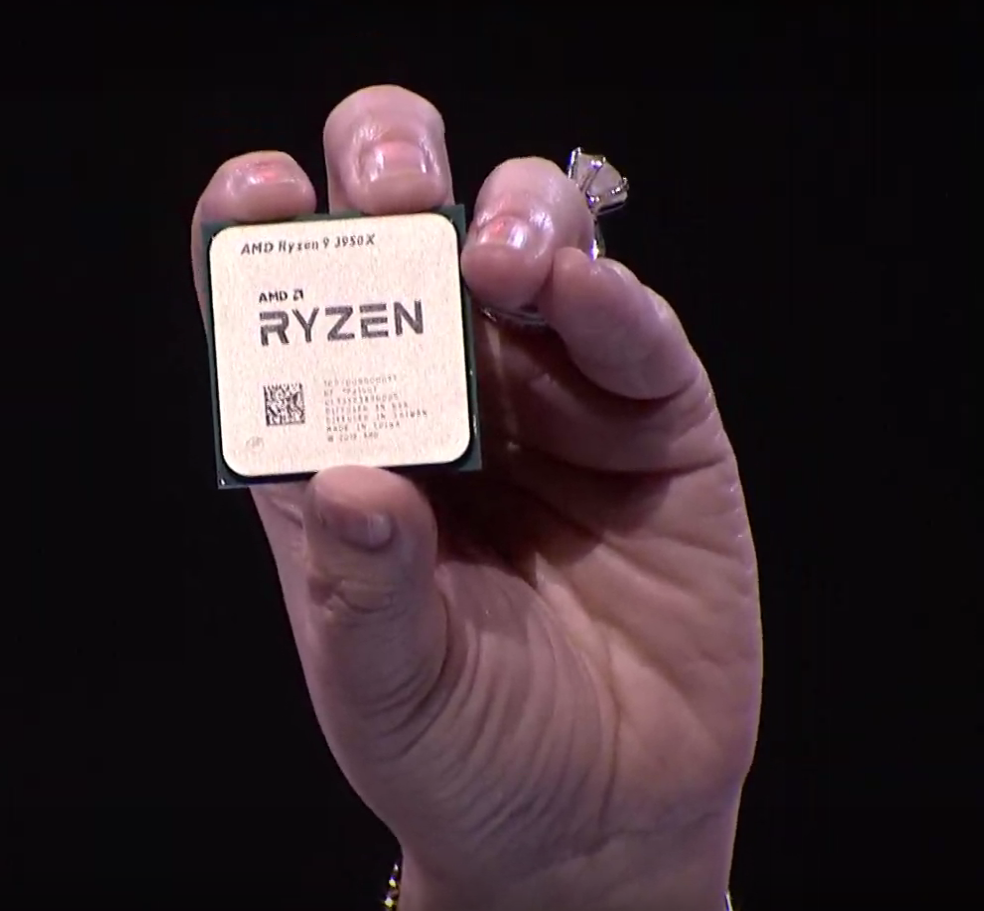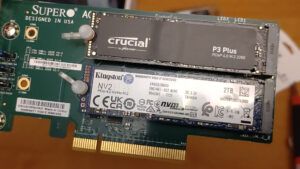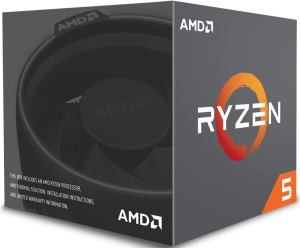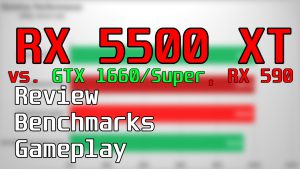

After that AMD talked for a few interesting new technologies they plan to implement. The first is Fidelity FX that will use contrast adaptive sharpening of the image, making the images sharper and less blurry with literally no performance loss. And it will be available not only from the games that support it, but also can be forced from the drives control panel. It is quite an interesting contrast to Nvidia’s and Intel’s implementation of adaptive shading, witch sacrifice a bit of image quality (presumably unnoticeable) during shading for the sake of some boost of FPS.

The other, personally to me, and I guess for the most of our viewers, technology is Radeon Anti-Lag. There was not much explanation how exactly it works, just that they’ve decoupled something in the graphics pipeline. The idea is to lower the latency in the part of the pipeline of the game processing that they control, that is between the CPU, graphics card and the monitor, to lower the time between the user click and the display on screen. And they are citing up to 35% lower latency in lower framerate (60 FPS in their example), GPU bound scenarios, which is quite significant reduction, especially if you consider that the main reason to run ultra high framerates is exactly to reduce the input latency. However that feature will be quite difficult to test, so we’ll see.
It all points in the direction that AMD is not content to be perceived as the second fiddle player in the market and it wants to maximize it’s current advantage in terms of profits. So despite the claims how AMD loves gaming and PC gamers, it seems that what most AMD loves is the deep pockets. And if on the CPU side of things you can say that the prices are mostly good and somewhat justified in line of the offerings form the competition from Intel, in the GPU side of things it doesn’t seem very good. It seems that AMD offers a bit better value at least for Radeon RX5700XT, but that is on background of the preposterous prices of the RTX lineup. And if on the CPU markets the new Ryzen 3000 series makes a statement of market leadership, on the GPU it is nowhere near, as even the Radeon VII has troubles against GeForce RTX2080, not to mention that there is still GeForce RTX 2080TI that is untouched.
Frankly speaking, judging on the initial results from AMD I’d have liked all the new Zen 2 based processors to be $50 cheaper with the exception of Ryzen 9 3900X, which in my opinion is placed perfectly for what it offers, and Ryzen 5 3600, for which it should probably be just $20 lower. Pretty much the same is the situation with the graphics. Navi 10 is 251 sq.mm. graphics chip, which is right smack in the middle of the typical mainstream/performance size. But the price for it is waay above that. And even if it might be unrealistic to want price lower than $299 for a chip on a new tech process which the rumors say has at least twice the price of the 14 nm technology when it started, then again a $50 less would have made the proposition from AMD almost perfect and defended from eventual lowering of the prices of Nvidia.



